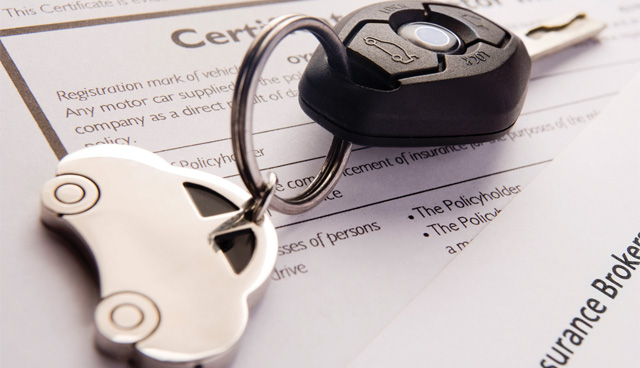Insurance market reform

The Central Bank’s findings that a significant rise in motor insurance premiums is not being matched with an increase in the average cost of claims per policy is the latest twist in a policy area which has now been central to two general elections.
The political parties have presented a range of potential measures to tackle Ireland’s insurance premium problem in the lead up to General Election 2020 ranging from a referendum to cap insurance court awards or an independent Insurance Fraud Unit, through to the creation of a publicly-owned, not-for-profit insurance company.
Insurance companies have long blamed Ireland’s ‘compensation culture’ for rising premiums and added to that was the suggestion that fraud was a major factor within the culture. Public pressure on the political system has led to deeper analysis of the insurance industry in recent years. Now, evidence suggests that the rate at which premiums have risen do not equate to the claim costs.
Between 2013 and 2017, major insurers of motor and liability maintained a level spend on claims but premiums paid by people and businesses increased by some 57 per cent. At the same time, the 2017 report by the Cost of Insurance Working Group set up by the Government found that fraud was not a major reason why motor insurance costs had increased so sharply.
Amidst rising premiums, criticism swelled when, in March 2019, Justice Minister Charlie Flanagan TD revealed in the Dáil that the annual profits of 10 major insurance companies amounted to between €6 million and €201 million at the end of 2017, with the total assets of insurance companies reported by the Central Bank to be €305 billion at the end of 2018.
While premium increases in other insurance categories are not insignificant, motor insurance remains the most identifiable challenge, given that its purchase is mandatory for drivers in Ireland.
The Central Bank’s data shows that a 42 per cent rise in motor insurance premiums between 2009 and 2018 correlated negatively with a 2.5 per cent decrease in the average cost of claims per policy for the same period.
Between 2009 and 2013, claims costs reduced by 14 per cent, followed by an increase of 14 per cent in 2018. However, for the same period average premiums decreased by 13 per cent before increasing by 62 per cent in 2018.
While the industry may point to the increase of the average cost of a claim by 64 per cent between 2009 and 2018 as stated in the report, it also highlights that the claim frequency fell by 40 per cent in the same period.
The report also analysed how claims were settled between 2015 to 2018. It highlighted the disparity between settlement methods. The majority of cases (53 per cent) were between insurer and the claimant. Almost one third (31 per cent) required litigation and 16 per cent through the Personal Injuries Assessment Board (PIAB). Of those settled directly, compensation averaged at €11,674 with €1,385 legal costs and took 1.7 years. This compared to PIAB claims which had an average compensation of €22,631, legal costs of €753 and a 2.5 years settlement time. Settlement through litigation led to an average of €45,390, with significant legal costs of €23,031 and a settlement time of 4.4 years.
Insurance companies suggest that the cost of claims is the dominant cost in the market and have called for a reform of Ireland’s personal injury award levels. However, motorist representatives have said that the significant profits being made by insurance companies and solicitors highlight the need for a reduction to sustainable premiums and have called for greater government action in introducing reforms.





